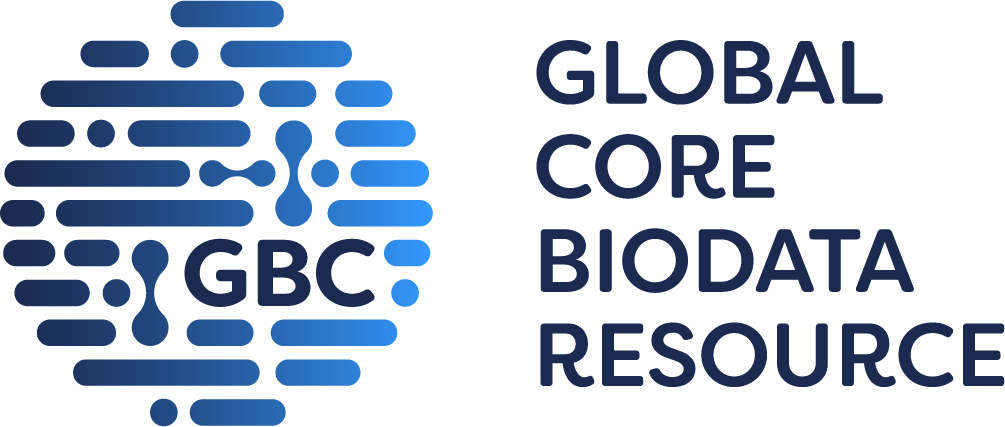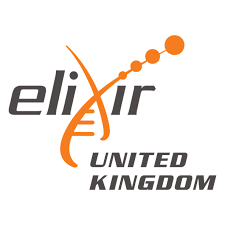The TNF receptor superfamily (TNFRSF, provisional nomenclature) displays limited homology beyond an extracellular domain rich in cysteine residues and is activated by at least 18 different human homologues of TNF referred to as the TNF superfamily (TNFSF). Some homologues lacking transmembrane and cytoplasmic domains function as decoy receptors binding ligand without inducing cell signalling. Many of these receptors and ligands function as multimeric entities. Signalling through these receptors is complex and involves interaction with cytoplasmic adaptor proteins (such as TRADD and TRAF1). Several of these receptors contain cytoplasmic motifs known as 'death domains', which upon activation serve to recruit death domain- and death effector domain-containing proteins crucial for the initiation of an apoptotic response. Additional signalling pathways include the regulation of the nuclear factor κB or
mitogen-activated protein kinase pathways. Deregulation of TNFR signalling is associated with many inflammatory disorders (
e.g. sub-types of arthritis and inflammatory bowel disease), and targeting TNF has been an effective therapeutic strategy in these diseases and in immuno-oncology [
1-3]. To date, pharmacological manipulation of these receptors is mainly enacted through chelating the endogenous agonists with humanised monoclonal antibodies (
e.g. infliximab or
adalimumab) or recombinant fusion proteins of IgG and soluble receptors (
e.g. etanercept). Some mutated forms of TNF ligands are capable of selecting for different receptor subtypes.








